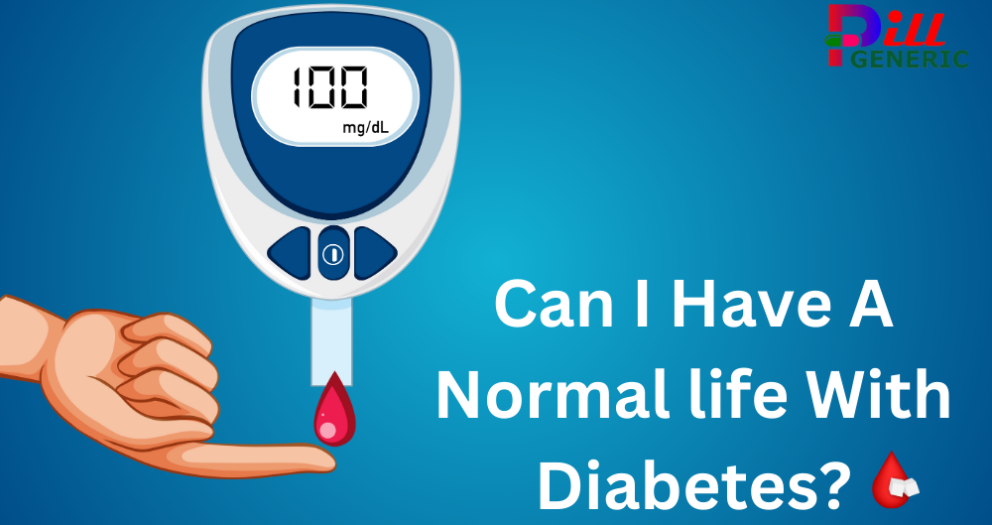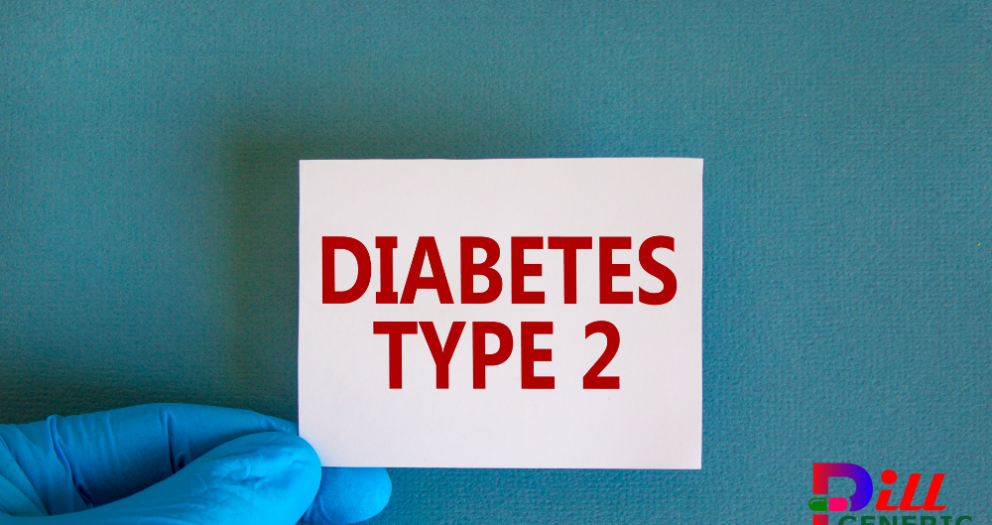What Is Janumet?
In the case of sugar people,
diabetes medications like Janumet have become a simplified routes for them to stay their diseases under control.
They should administer the drugs in accordance with their health status and at the proper time.
It enables them to achieve the right blood sugar levels. Janumet is a medication whose principal ingredients are Metformin and also Sitaglipatin.
Thus, patients receiving Metformin only do not need to take two drugs in the management of their blood sugar.
With the help of diabetes medications, dealing with the diabetes has become more manageable. Such drugs offer a much better treatment in curtailing the diabetes and preventing it from causing various health complications.
Janumet is one of those anti-diabetes medicine that doctors are currently recommending to their diabetic patients. Since Janumet is an admixture of two very effective anti-hyperglycemic agents, Metformin and Sitaglipatin. They work together to enhance the glycemic control.
Janumet is a prescription medication that combines two different types of drugs used to treat type 2 diabetes mellitus, sitagliptin and metformin, in one pill. Sitagliptin (Januvia®), a DPP-4 inhibitor, preserves the GLP-1 and blocks its degradation to reduce the postprandial increase in the blood glucose levels.
Metformin hydrochloride decreases the glucose production in the liver and also enhances peripheral tissue utilisation of the glucose.
Janumet is either given twice daily or as a once-weekly formulation, also known as Janument XR. One of the appeals to this combo is that there is no weight gain and also hypoglycemia. But Janumet is not completely free from the serious adverse effects.

How Janumet Works?
Janumet tablet is the combination of two antidiabetic drugs,
Sitagliptin and also Metformin.
Sitagliptin belongs to the class of drugs known as dipeptidyl peptidase-4 (DPP-4) inhibitors that are known to work by increasing the levels of natural substances to lower the blood glucose when it is high.
Metformin is another biguanide drug that slows down the production of sugar in the liver and also reduces the sugar absorption from the intestines and increases the body’s sensitivity to the insulin.
Both the drugs promote the insulin production by the pancreas, enhance the use of insulin by the body, and also reduce the amount of excess glucose produced by the liver.
Combined, the two medications provide a better management of the blood sugar.
The Benefits Of Janumet
What is the duration of the Janumet side effects?
The Janumet-induced gastrointestinal side effects may improve even if the medication is continued; however, sometimes, they may also decrease following a dose reduction. B12 deficiency occurs over time but it is also corrected with the supplementation.
Some, such as arthralgia, may improve on the discontinuation of the drug. The most dangerous, including anaphylaxis and lactic acidosis, require immediate treatment along with the withdrawal of the drug.
Symptoms of an allergic reaction to Janumet include difficulty in breathing, hives, and also swelling of the face, lips, tongue, or throat. If an allergic reaction occurs, you should seek immediate medical attention.
Janumet vs. Jardiance
Living with diabetes requires careful consideration of medication options to manage blood sugar effectively.
In this article, we delve into the realm of diabetes management, focusing on
Janumet and Jardiance. These two medications have gained significant attention, each with its unique features and benefits.
Let's explore their generic names, usage, potential cost factors, and the ongoing debate surrounding their effectiveness.
Janumet interactions
A long list of many medications can interact with Janumet and require monitoring or therapy adjustment.
Hypoglycemia may be caused by the combination of the other Type 2 diabetes medicines with Janumet.
Janumet should not be taken in combination with any other DPP-4 inhibitors. As DPP-4 inhibitors do not provide any incremental diabetic control benefits over the GLP-1 agonists, the two classes are not usually prescribed together, and therefore a GLP-1 agonist would not be used with Janumet.
When combined with Janumet, some other drugs can lead to the hyperglycemia (high blood sugar). These include thiazides and other diuretics, corticosteroids, phenothiazines, thyroid medications, estrogens, oral contraceptives, phenytoin, nicotinic acid, sympathomimetics, calcium channel blocking drugs, and also isoniazid.
Most importantly, the following drugs are to be avoided when Janumet is used, due to a heightened risk of lactic acidosis:
- Acetazolamide
-
Topiramate
- Risdiplam
- Tafenoquine

Unveiling the Basics: Janumet and Jardiance
1. Understanding Janumet Generic Name
To kick off our exploration, let's demystify the generic name of Janumet. Janumet, a combination medication, comprises sitagliptin and metformin. This blend plays a crucial role in regulating blood sugar levels, offering a comprehensive approach to diabetes management.
2. Navigating the Medication Landscape: Janumet's Role
Moving forward, it's vital to grasp the primary purpose of
Janumet medication . This medication is commonly prescribed to individuals with type 2 diabetes, aiding in the control of blood sugar levels by enhancing insulin production and reducing glucose production in the liver.
3. The 50/1000 Dilemma: Decoding Janumet's Composition
One frequently encountered term is "
Janumet 50/1000." This refers to the specific dosage of sitagliptin (50 mg) and metformin (1000 mg) in each tablet. Understanding this composition is crucial for patients and healthcare providers alike.
4. Janumet Vidal: Unveiling the Comprehensive Information Source
For individuals seeking detailed information on Janumet, the term "
Janumet Vidal" might come up. Vidal is a reputable medical database offering comprehensive insights into various medications, aiding patients in making informed decisions.
Timing Matters: Best Time to Take Janumet 50/1000
5. Time is of the Essence: Optimal Timing for Janumet
Patients often wonder about the
best time to take Janumet 50/1000 for maximum effectiveness. Ideally, it is recommended to take this medication with meals to ensure proper absorption and minimize potential side effects.
6. Unlocking Savings: Janumet 50/1000 Manufacturer Coupon
Financial considerations are paramount for many individuals. Exploring manufacturer coupons can be a game-changer, potentially providing discounts on
Janumet 50/1000. Stay tuned as we unravel potential avenues for cost savings.
The Weighty Issue: Janumet for Weight Loss
7. Beyond Blood Sugar: Janumet's Impact on Weight
For those battling both diabetes and weight concerns, Janumet might present a silver lining. Some studies suggest that Janumet could contribute to
weight loss, making it a multifaceted solution for individuals with these dual challenges.
The Cost Conundrum: Why is Janumet So Expensive?
8. Peeling Back the Layers: Understanding Janumet's Price Tag
One pressing question that lingers is, "Why is Janumet so expensive?" Delving into the factors influencing the cost of this medication is essential for patients striving to balance effective treatment with financial considerations.
Janumet vs. Metformin: Unraveling the Comparison
9. The Metformin Matrix: Is Janumet Better Than Metformin?
Metformin, a widely used diabetes medication, often prompts a comparison with Janumet. We will explore the nuances of these two medications, aiming to provide clarity on which might be a more suitable choice for individual needs.
Seeking Alternatives: Is There a Cheaper Option to Janumet?
10. Balancing Budgets: Exploring Cheaper Alternatives
In the quest for cost-effective solutions, it's natural to wonder if there's a more economical alternative to Janumet. We will scrutinize potential substitutes, keeping in mind the importance of maintaining effective diabetes management without compromising financial stability.
Faqs:
Is metformin and Janumet the same?
Janumet is a combination that contains metformin along with the sitagliptin. That is, Janumet is a combination product comprising of two drugs –
sitagliptin and also metformin. Sitagliptin is a DPP-4 inhibitor that increases the insulin production. Metformin is a biguanide that decreases the hepatic glucose output and makes the patient very sensitive to insulin.
When is the best time to take Janumet?
You should take regular Janumet twice a day with your meals.
When you are on the Janumet XR, you should take it once a day, best with the evening meal.
If you stop using Janumet:
If you stop taking the Janumet, your blood sugar level will surely increase. Janumet is used to manage your type 2 diabetes mellitus and is not used to cure it. Stopping Janumet should not be done without consulting your own physician. If you are disturbed by the side effects or the price of Janumet, you can consult with your doctor about the other options available.
How fast does Janumet work?
You may see a change in your blood glucose levels in about 4-5 days after starting Janumet XR or Janumet. Nevertheless, this medication may require several weeks to raise the
HbA1c levels in the patients with type 2 diabetes mellitus.
Does Janumet cause weight gain?
Janumet is unlikely to cause any weight gain. It is important to note that Janumet is used as a complement to the diet and exercise in controlling the blood sugar levels in type 2 diabetes mellitus patients. Thus, you should aim at having a very balanced diet and engaging in the daily physical activities. This will ensure that a healthy weight is maintained and the blood sugar levels are controlled.
How much does Janumet cost with the insurance?
You can ask your pharmacist or your insurance provider about the copay price for Janumet; the prices vary based on the type of insurance you have and whether there is a deductible to meet before the prescription drug coverage begins.
A free BuzzRx discount coupon for Janumet could enable you to save up to 80% on the your prescription medication.
In order to receive the most accurate discounted pricing, when using the
BuzzRx lookup tool to find the price of your medication, ensure that you enter the correct dosage, form, and also quantity.
Asking your pharmacist to try BuzzRx when filling or refilling any of your prescriptions, whether insured or not, never hurts.









